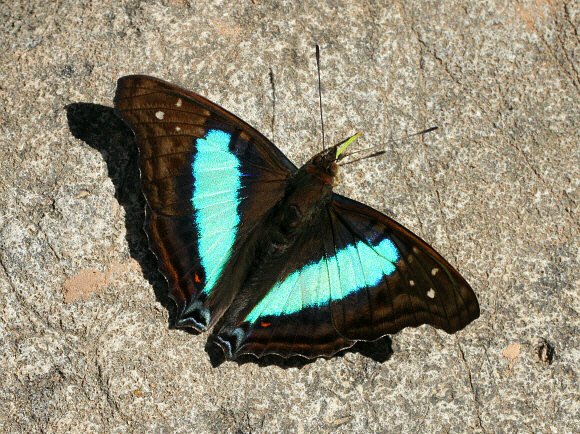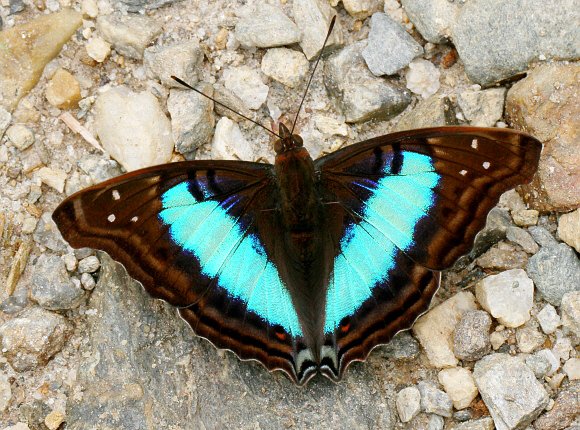
Introduction
The genus Doxocopa comprises of 15 medium-large neotropical butterflies from the Apaturini – the same tribe to which the Apatura Purple Emperors of Europe belong.
Males of many Doxocopa species have a broad white median band on the upperside, overlaid with dazzling blue, purple or turquoise according to species. In most species the hue varies considerably depending on the angle at which sunlight reflects off the wings – e.g. the band on laurentia appears as turquoise when viewed from directly above, but deep silvery blue when viewed from the side.
There is some contention amongst taxonomists as to whether cherubina is a full species or merely a subspecies of laurentia, a situation not helped by the fact that several possibly different taxa have overlapping distribution ranges. Some examples of laurentia males have a trace of orange scaling in the apical area of the forewings, though not as pronounced or extensive as in lavinia.
Doxocopa laurentia cherubina is one of the largest and most beautiful members of the group, and is found over much of the Amazonian and Andean region.
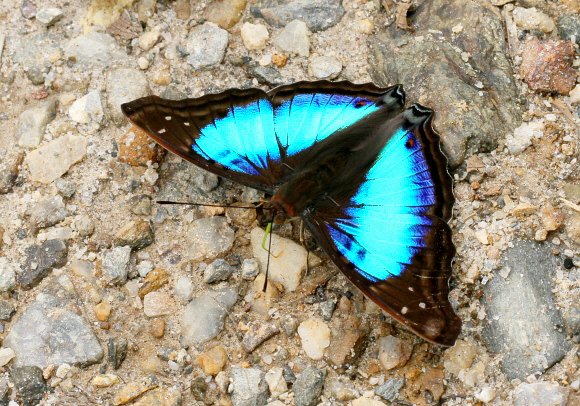
Habitats
This is a mid-elevation taxon, found in pre-montane cloudforests between about 300-1600 metres above sea level. In Peru it is confined to the eastern slopes of the Andes.
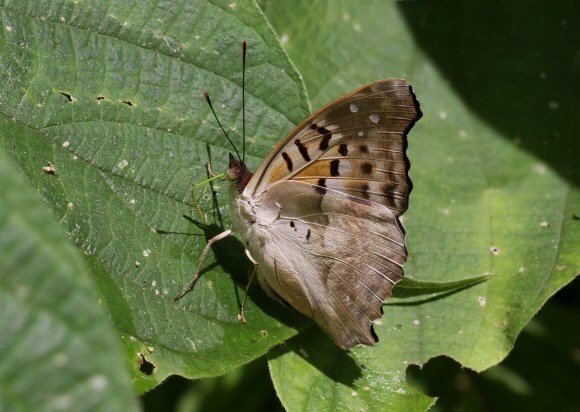
Lifecycle
The caterpillar feeds on Celtis species (Ulmaceae). When fully grown it is green, strongly tapered towards the anal segment, and has a pair of forward-projecting horns on its head.
The chrysalis is probably similar to that of other Apaturines, which are typically flattened laterally, arched dorsally, and superbly camouflaged as living or dead foliage.
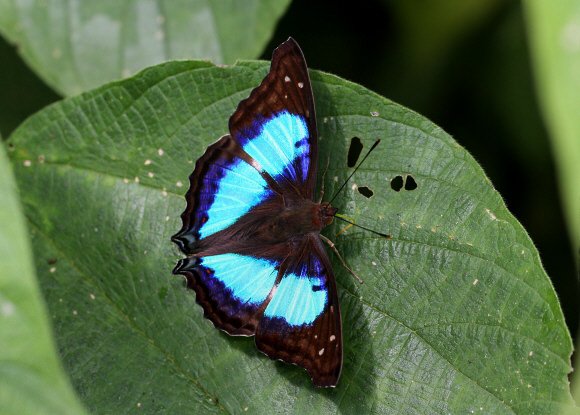
Adult behaviour
Males are very territorial. They perch on high foliage but periodically swoop down with great speed and agility to investigate rotting fruit on the ground. They also visit sources of mineralised moisture including damp boulders, urine-soaked ground, or the edges of small streams where they ford dirt roads. They are solitary and nervous, but after a few minutes will usually accept human presence. Sightings of females are very rare, as they spend their time high in the forest canopy.
